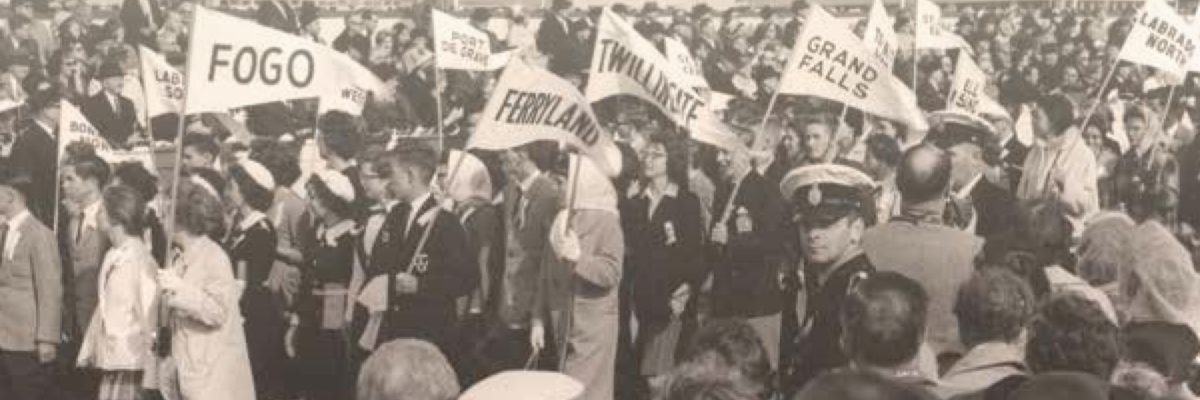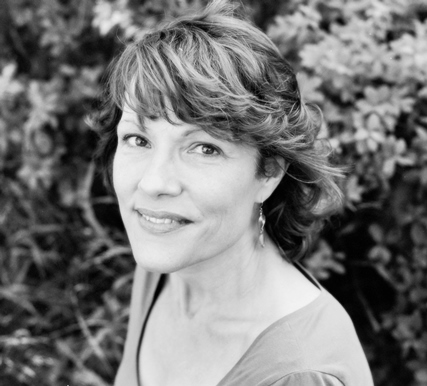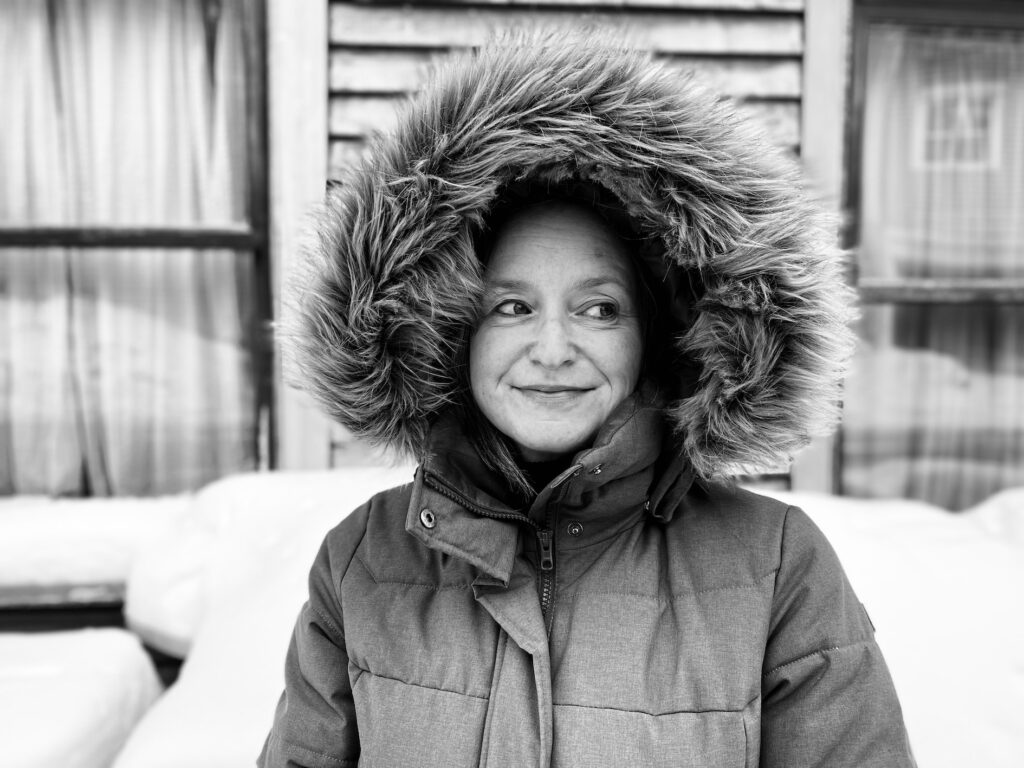Faculty Women: The Struggle for Equality
BY NQ
August 2019
Roberta Buchanan
It didn’t take me long as a young woman in England to realize that there was systemic discrimination against women in patriarchal society. Except that we hadn’t heard of the word “systemic,” and “patriarchal” was not part of our vocabulary. We had no analysis, as later feminists would say. But even I could see that there was something wrong when I was an undergraduate in the 1950s and obtained a summer job in a local factory. I was paid four pounds a week; a male student was paid seven pounds — almost double — for doing exactly the same job.
If you questioned this blatant injustice, the reason given was always the same: men were the breadwinners and had to support their families. (The male student and I were both single.) But what if women were the breadwinners? What if a single woman had to support an aged parent — or herself? What if a widow supported her children? These objections were never answered, but merely brushed aside. It was assumed that single women (“spinsters”) would get married. If they didn’t, it was their own fault; they were “left on the shelf” because of some defect in themselves. Many married women in the factory worked because their husbands did not make a decent living wage. That was not discussed either.
Terms and Conditions
When I arrived in St John’s in 1964, feminism was not much in evidence. When I was appointed to the post of Lecturer in the English Department, I was given an eight-page booklet entitled “Terms and conditions of appointment, tenure, service and employment of the teachers of the University.” There was a special rule in Section VI, “Suspension and Termination of Employment,” which applied only to women:
Upon the marriage of a female teacher, her employment shall terminate, but the Board of Regents, on the recommendation of the President, may continue her employment on a temporary basis for such period as the Board may determine and may further continue such employment from time to time on the same basis.1
Rule VI.18 was devastating to the careers of academic women. If they married, they could lose their jobs or be demoted to the lowly rank of part-time “sessional,” rehired or “let go” from semester to semester, year to year, according to the vagaries of enrolment or the whim of the head of department. The woman academic’s income dropped drastically, and she lost all the privileges of a full-time academic: the paid non-teaching third research term; paid sabbatical leave for research after seven years of teaching; the pension and other benefits. Worse, the sessional often did not know (and still does not) until after student registration whether she will be employed for the next academic term. This is always an anxious time for the head of department. How many courses will go ahead? Will extra sections of courses have to be suddenly added? The sessional may get a call the night before lectures begin, or even after they have begun, and has to scramble to get her textbooks and teaching schedules in order. It was/is a miserable and uncertain existence for many women.
As to the paid third research term that full-time professors enjoyed, it was pointed out to me that married women didn’t need it. They had to look after their husbands and children, they had no time for research! Women professors suffered a substantial drop in their income once they got married, even though they were teaching the same number of courses as before — there was a ready answer for that. They didn’t need the money! They had husbands to support them. They worked just for amusement, for pin money.
So it was that there was an underclass of underpaid married women in the English Department, whom the full-time professors looked down upon with pity. They all taught the same courses: first-year English, with the biggest classes and the most marking, looked upon as drudgery work. Even in that, they had no choice as to the texts they would teach. It was “The Elements of Pitteracy,” as we called it, by David Pitt, whose wife Marion was one of the sessionals. (Copies of David G Pitt, The Elements of Literacy, are in the Centre for Newfoundland Studies.) It had little exercises for the students to test and expand their vocabulary, such as “What is the adjective for ‘of the elbow’?” (Answer: cubital, “of the forearm;” cubit, “an ancient measure of length, approximately equal to the length of a forearm,” from the Latin word for “elbow,” cubitum: Canadian Oxford Dictionary.)
While I shared a spacious office with Dr Elizabeth Orsten, medievalist, a gaggle of married women were lumped together in one office: Mrs Pratt, Mrs Frecker, Mrs Pitt, Mrs Wareham, Mrs Eaton … Mrs Pratt belonged to a wealthy business family; Mrs Frecker was wife of the provincial Minister of Education in the Smallwood government, and lived in a large mansion on Circular Road. Obviously these women didn’t need the money, and it would be greedy of them to expect it, according to the views of the day. The fact that the Freckers had a large family of eight children to support and educate was never considered. The married women in the English Department seemed, to us younger, unmarried academics, to live in their own rarefied milieu — cocktail parties, the social round of the St John’s wealthy elite — a remote distant world from the one we lived in. The married women talked to each
other. We talked to our academic colleagues.
I remember being at a meeting — was it the Faculty Association? — at which Mrs Frecker stood up and asked indignantly, “Do they think women lose their minds once we get married?” Helena Frecker had the distinction of being the first woman to graduate from Memorial University College, in 1926. She went on to get a degree in English and History at the University of Toronto, and returned to teach English and Latin at Memorial College before her marriage. A devout Roman Catholic, she was a devotee of Sir (Saint) Thomas More, now known chiefly as the author of Utopia and for being beheaded by Henry VIII. Helena was embarking on an ambitious research project on More: to document all the authors he referred to in his voluminous writings, which would provide an interesting insight into the reading of one of the leading intellectuals of his day. However, she didn’t count as a scholar by the university administration — she was only a married woman.2
- Memorial University of Newfoundland, Terms and conditions of appointment, tenure, service and employment of the teachers of the University (St John’s: Memorial University of Newfoundland, 22 Ap 1959), VI 18; my emphasis. In Memorial University Archives.
- Roberta Buchanan, “From Helena’s Box,” Newfoundland Quarterly 89, 4 (1995): 15–16.
Roberta Buchanan was born in Uitenhage, South Africa, and educated in England. She received her PhD from the Shakespeare Institute, University of Birmingham. Roberta immigrated to St John’s in 1964 to teach English literature. She was a founding member of the Women’s Studies program at Memorial University. Publications include I Moved All My Women Upstairs (poetry), and, with Anne Hart and Brian Greene, The Woman Who Mapped Labrador: The Life and Labrador Expedition Diary of Mina Hubbard.
Creating a University: The Newfoundland Experience is a collection of thirty-plus memoirs (“MUNographies”) from former faculty and staff of Memorial University. Edited by Roberta Buchanan and Stephen Harold Riggins, these personal and professional accounts come together in answer to the question: How do you build a university?
Creating a University (ISER Books) $26.95




